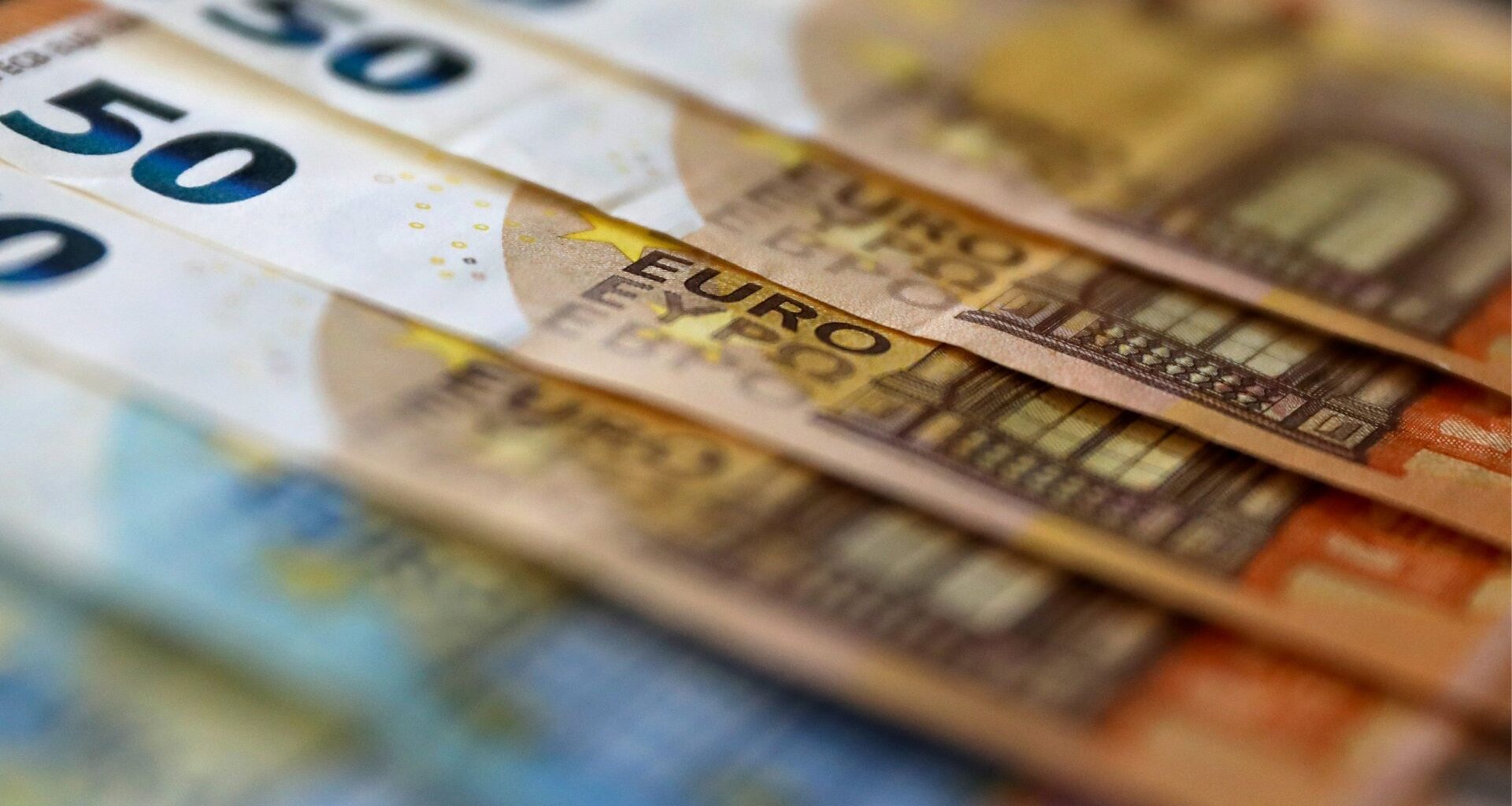It is natural for traders to fade the trend.
Seeking value, one expects that elevated prices after a steep uptrend mean overpriced and low prices after a big correction always mean underpriced.
Looking for value is something natural for the Homo Economicus. When we go to the store, we are looking for discounts.
But with Markets, discounts don’t always translate well with good trades.
The steep uptrend in EURUSD from January to the 1st of July brought the pair from 1.01 (close to parity) to 1.18 in a spectacular move.
Those who bet on a reversal then initially got proven right, with the pair falling 4,000 pips during the same month. But, those who were expecting a full downtrend to form got met with a slap in the face.
From end-July to the September FOMC meeting, the pair actually consolidated and went to break new yearly highs – Currently at 1.19188.
Such a strong uptrend usually leaves banks and algorithms looking for spots to re-enter the trend. These strong flows lead to consolidation and continuation of the trend.
Now turning to today – A bearish divergence double-top made at the new yearly highs is following with what resembles a longer-run correction.
The lesson ? Strong trends often don’t reverse in one shot – Double tops tend to be more accurate signals and the same works on all timeframes.
Let’s explore a multi-timeframe EUR/USD analysis to look into the details.
